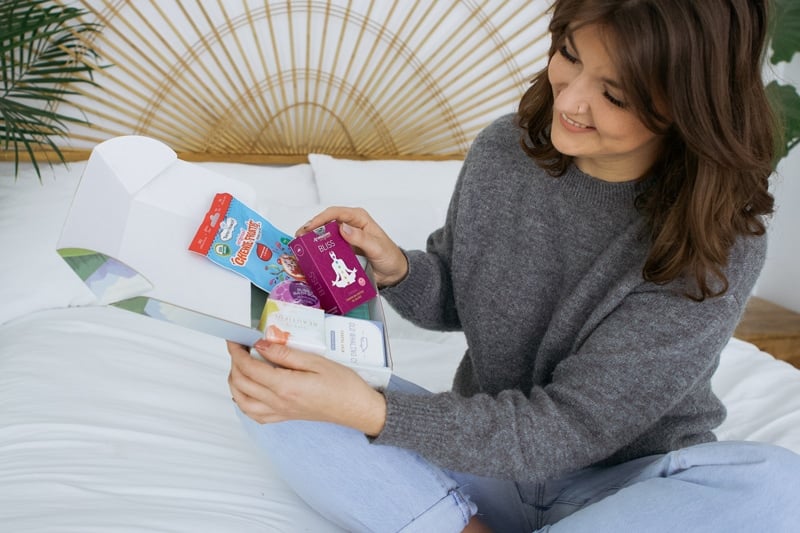Understanding the relaxation response
In a world that’s constantly buzzing with distractions, endless to-do lists, and a barrage of information to process, relaxation can seem like an elusive dream. Yet, the quest for tranquility and inner peace is essential to our well-being. The science of relaxation unveils an astonishing aspect of our biology: the relaxation response, a state of deep rest that changes our physical and emotional response to stress. Let us embark on a journey to understand this phenomenon and explore ways to embrace it in our daily lives.
The relaxation response is our body’s built-in defense against the harmful effects of stress. Pioneered by Dr. Herbert Benson in the early 1970s, this physiological phenomenon helps counteract the body’s stress response—known as the “fight or flight” reaction—by lowering blood pressure, slowing heart rate, and reducing the production of stress hormones. While stress is not entirely avoidable, understanding the relaxation response allows us to cultivate a healthier balance.
As we dive deeper into the intricacies of our minds and bodies, we discover a plethora of techniques that can elicit the relaxation response. Some of these practices are ancient, like meditation and yoga, while others rely on more recent scientific findings. Regardless of the method, the key is to find what resonates with you and cultivate a personal connection with the relaxation response.
Meditation, an ancient practice rooted in mindfulness, has stood the test of time. It invites us to observe our thoughts and emotions non-judgmentally, allowing ourselves to become fully present in the moment. This heightened awareness shifts our focus away from worries and anxieties, thereby reducing stress and ushering in the relaxation response. Research has shown that practicing meditation for as little as 10-20 minutes a day can have a profound impact on our well-being.
Yoga, another timeless technique for cultivating relaxation, combines physical postures, breathwork, and meditation. The focused practice of yoga unites mind, body, and spirit, transforming the way we experience life. Studies have demonstrated that yoga practitioners show significant improvements in heart rate variability—a marker of the relaxation response. It’s no surprise that many of us turn to yoga as a refuge from the whirlwind of daily life.
And then, there is deep breathing. Something as simple as taking slow, deep breaths can elicit the relaxation response. The breath serves as an anchor, tethering us to the present moment and bridging the gap between mind and body. When we focus on the rhythm of our breath, the body and mind naturally shift into a state of calm, activating the relaxation response. This technique is subtle yet powerful, always accessible, and most importantly, free.
Progressive muscle relaxation (PMR) offers another approach to unlocking the relaxation response. This practice involves tensing and relaxing muscle groups throughout the body in a specific sequence. PMR allows us to develop a heightened awareness of our bodily sensations, offering insights into the tension and stress we carry. As we unwind our muscles, we gradually unravel the stress stored within our bodies, inducing the relaxation response.
Finally, let us not underestimate the power of our natural surroundings. Spending time in nature, whether it’s a lush forest or a serene beach, can work wonders on our sense of inner peace. The soothing sights and sounds of nature can help us attune to the present moment and draw our attention away from stressful thoughts, aiding in the activation of the relaxation response.
As our exploration of the relaxation response comes to an end, it’s essential to remember that there is no one-size-fits-all approach to relaxation. The key is to experiment with various techniques until you find the one that resonates with you most profoundly. Embracing the relaxation response and incorporating it into your daily routine will pave the way for a more balanced, tranquil life.
Find your peace, and let the relaxation response be your guide.
Jamie


Each month, you'll receive a carefully curated collection of stress-relieving items, from soothing aromatherapy to mindfulness journals, to help you cultivate a more peaceful and balanced lifestyle.
Designed by experts in stress management and mental wellness, calmbox provides you with the tools and resources to create a personal sanctuary of calm, right at home.


